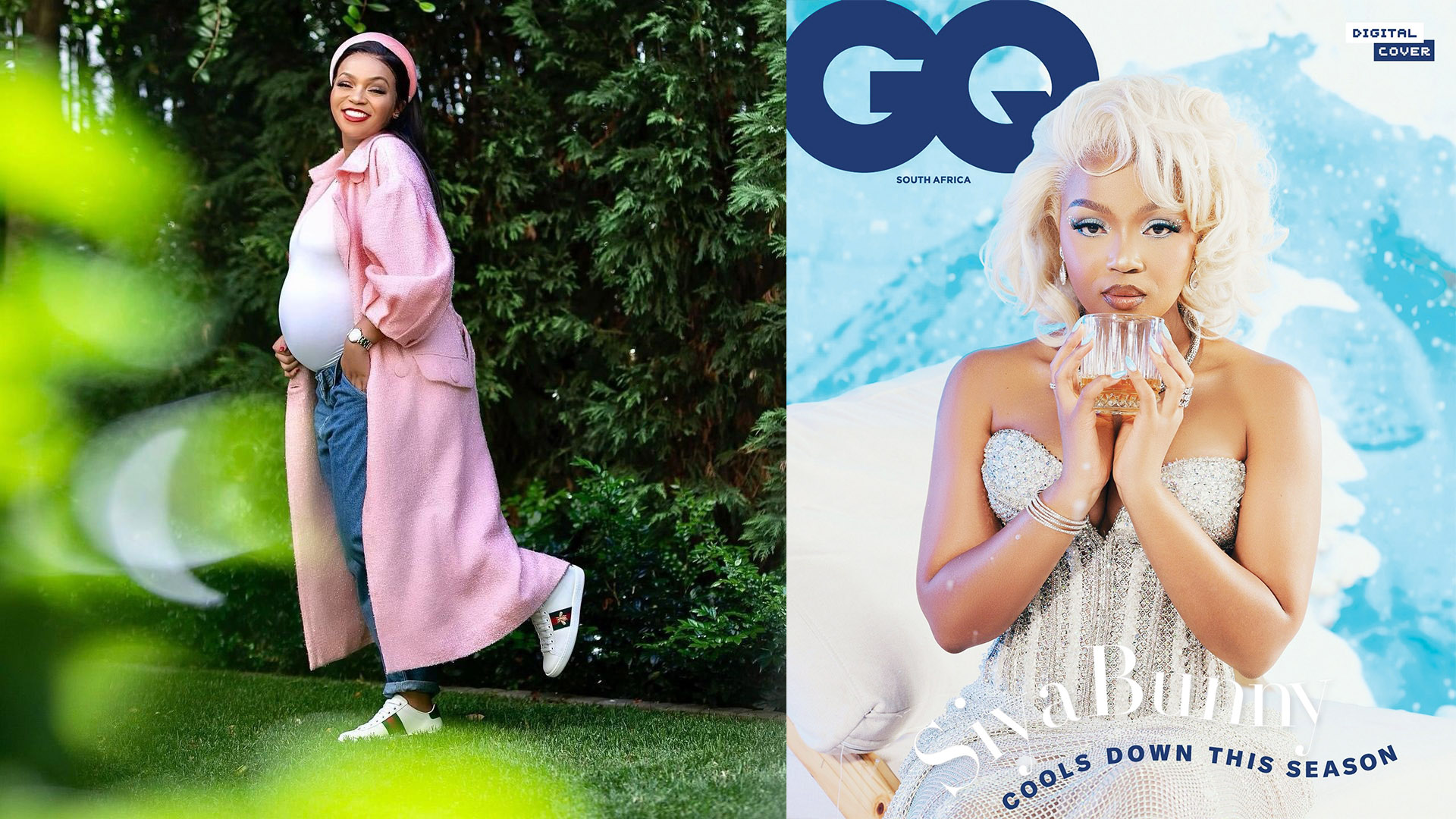
In the socials, two titles are frequently conflated: Influencer and content creator. While everyone with a half-decent following and a polished aesthetic might claim the former, the time has come for a senior analysis. The difference is more than just semantics; it’s the gap between generating eyeballs and genuinely moving mountains of consumer behaviour.
Having 10 000 or even 50 000 followers doesn’t make you an influencer. It makes you a content creator with an audience. The word influencer is a heavyweight title, often claimed by those who haven’t yet earned the right to wield its power.
What is an influencer, really?
The core function of an influencer is not creation, but conversion. An influencer is someone who has built trust, credibility and authority in a specific niche, the kind of trust that translates directly into tangible action from their audience. The cheeky distinction? A content creator takes a great picture of a shoe. An influencer makes you buy the shoe.
The genuine influencer doesn’t simply display a product; they weave it seamlessly into their life narrative, making the audience believe the product is the secret ingredient to their enviable lifestyle or expertise.
Their currency is trust, which they can spend to change opinions and purchasing decisions.
The dynamics of digital influence shift dramatically across the globe, shaped by cultural expectations, platform dominance and local economic scale. Comparing major markets reveals how true influence is established in context.
The SA market is often dominated by polished aesthetics and aspirational lifestyle content, particularly in fashion and luxury segments. However, the top tier knows that beauty must be followed by belief.
A perfect example demonstrating this successful conversion is Siyanda Dzenga, widely known as Siya Bunny. Operating in the lifestyle, beauty and parenting spheres, her influence is built on a foundation of genuine relatability mixed with aspirational style, particularly appealing to the modern, young black professional woman in South Africa.
Consider her long-term partnership with Dischem, a major South African pharmacy retailer, specifically promoting their affordable beauty lines. Instead of static advertising, Siya consistently integrated the products into her genuine routine, be it in her morning skincare regime or packing for her child. She leveraged her authority as a trusted parent and beauty enthusiast not just a model. This strategy moved beyond high engagement rates (often achieving 5 per cent+) and translated into direct commercial results. Dischem reported noticeable regional spikes in the sales of the specific products she featured, directly linking her content to register transactions. She moved the audience past appreciation of the aesthetic and straight to the checkout till the true metric of an influencer.
Here are the biggest blunders separating the genuine article from the content-first approach:
The authenticity allergy
- Mistake: Copycatting the style and persona of a successful figure or posting about a product you clearly don’t use or believe in. This is content creation driven by payment, not belief.
- The fix: True influence requires inimitability. If your followers sense you are reading a script, the currency of trust is instantly devalued, making conversion impossible.
The vanity metric trap
- Mistake: Obsessing over the follower count while ignoring the engagement rate. A large but silent account is merely a billboard not a community leader.
- The fix: Brands increasingly prioritise metrics that prove resonance comments, shares and saves. They will always favour a smaller, highly engaged audience (a micro-influencer) over a large and silent one.
Ignoring the niche
- Mistake: Posting a beauty tutorial one day, a financial tip the next and a random restaurant review the day after. This lack of clear focus is a content problem.
- The fix: An influencer’s power lies in being a trusted expert in one domain. Scattering focus confuses the audience, reduces credibility and prevents the depth of trust required for influence to occur.
The next time you scroll, don’t just look at the filters. Look at the comments. Look at the consistency. Look at the trust. That’s where you find the real influencers the ones who earned their reign by mastering not just creation, but conversion. The rest? They’re just making aesthetically pleasing noise.

Siyanda Dzenga, widely known as Siya Bunny. (Courtesy pics)